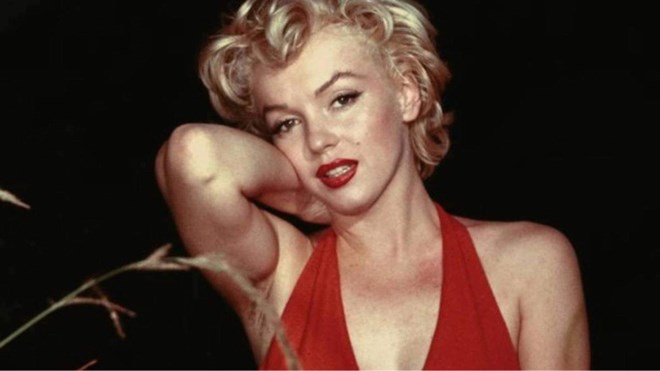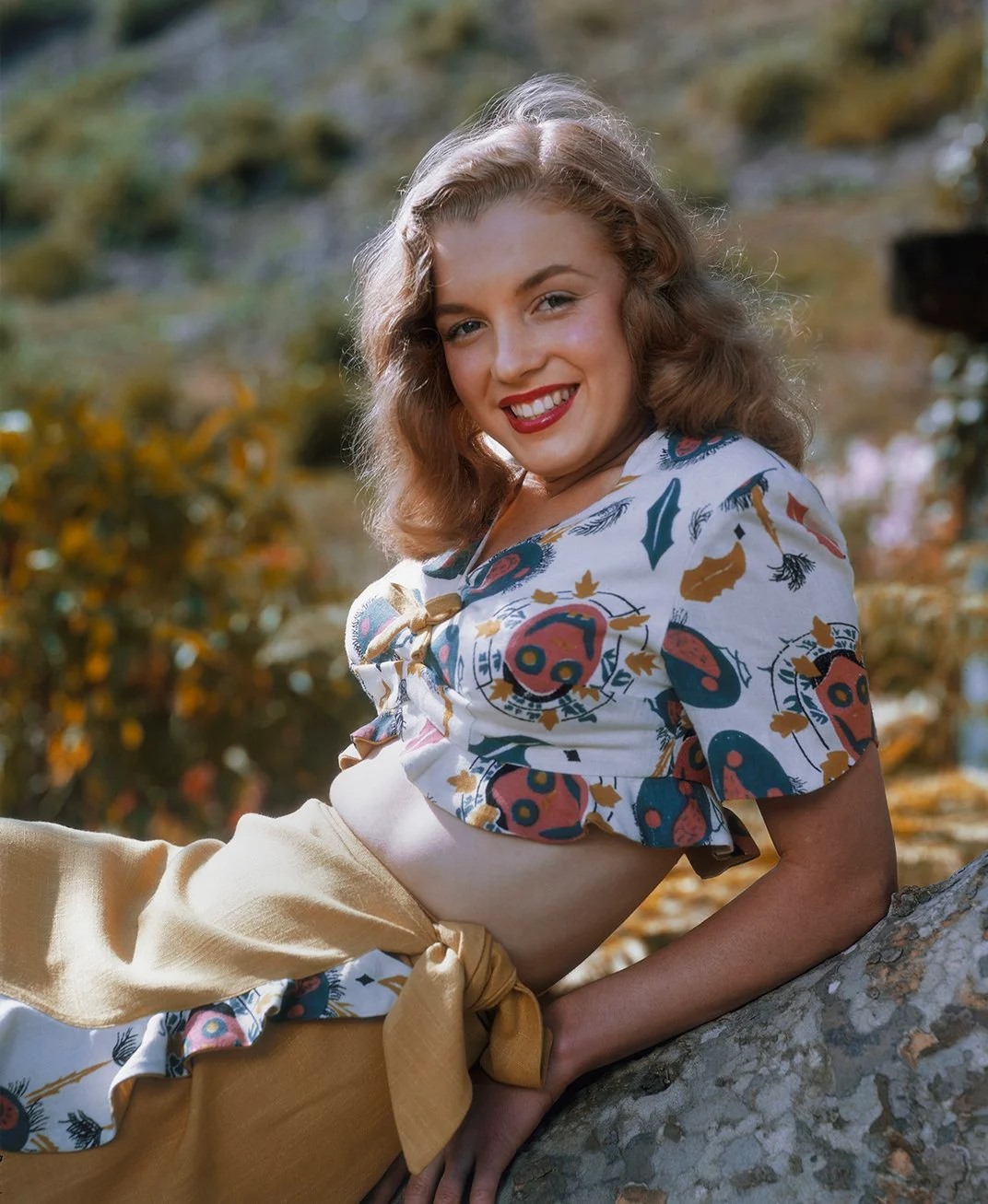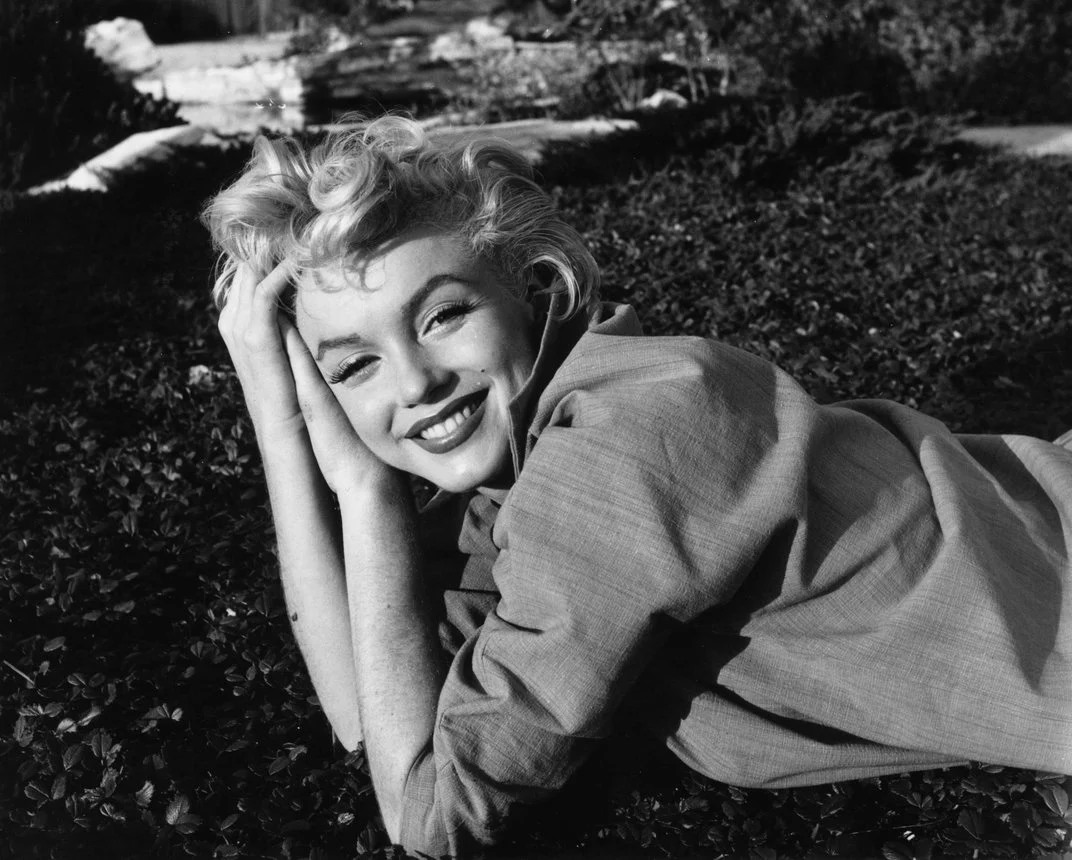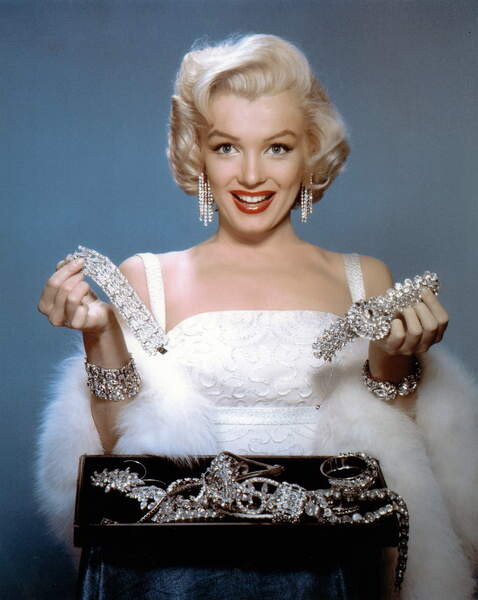
For decades, Marilyn Monroe ‘s captivating beauty and dramatic life have been a fascinating subject for filmmakers, writers and playwrights.
More than sixty years since the actress passed away, she is still remembered as a beauty icon of the era, a “sex bomb” with a fragile, lonely soul.
Dark childhood, abandoned to the peak of fame
According to Time, Marilyn Monroe was the daughter of a woman named Gladys Pearl Bake. As a child, Marilyn never met her father and lived only with her mother until Gladys suffered a mental breakdown and was diagnosed with schizophrenia in 1934.
Marilyn Monroe’s mother lived in a mental institution, while her daughter wandered around orphanages. In the book “Marilyn Monroe – The Private Life of a Public Icon”, author Charles Casillo said that the actress was abused at the age of 8, while she was living in a foster home.
The nomadic life made Marilyn decide to get married at the age of 16. She married James Dougherty in 1942 so that she would not have to live a miserable life without any support.
In 1945, Marilyn Monroe was working in a factory. She accidentally caught the eye of photographer David Conover and received an offer to be a photo model.
The photos became the launching pad that helped Marilyn get noticed by filmmakers. From here, her miserable life turned a new page.

Her marriage fell apart while she pursued a modeling career. Thanks to her charming smile and sexy, captivating beauty, she quickly became a sought-after name in Hollywood.
However, the painful memories of her childhood made Marilyn self-conscious and vulnerable. She once wrote in her memoir: “I could really feel my lack of talent, like the cheap clothes I was wearing inside. How much I wanted to learn, change and improve.”
The young girl worked tirelessly to become what she wanted to be: a beautiful, talented, and beloved movie star. The actress changed her name to Marilyn Monroe and grew her hair platinum blonde.
Complicated personal life, many tragedies
At the height of her fame, Marilyn married a second time, to basketball player Joe Dimaggio, in 1954. However, their marriage only lasted nine months, as Joe was often jealous and annoyed by his wife’s fame.
The couple’s conflict peaked when Marilyn Monroe filmed “The Seven Year Itch.” The scene took place in front of a New York theater, with Marilyn holding up her skirt as the wind blew. The move exposed her thighs and panties, but also created a classic Hollywood moment.
That night, Marilyn Monroe and her husband had a fierce argument at the hotel. They divorced after 2 months because Joe Dimaggio could not accept the fact that many men were looking at and lusting after his wife.
In 1956, Marilyn Monroe married for the third time, to screenwriter Arthur Miller. She put her film career on hold to care for her family, but the marriage did not end well.
Despite wanting to have children, the actress experienced pain three times because she could not keep the pregnancy (including two miscarriages and one ectopic pregnancy).

At the height of her career, Marilyn Monroe suddenly passed away in the early morning of August 5, 1962 in her villa in California (USA). Her death was concluded as a suicide but did not satisfy her fans.
Throughout her short life, Marilyn Monroe always faced insecurity and loneliness. In her later years, Monroe was addicted to alcohol, suffered from insomnia, mental disorders and stage fright. Emotional trauma and sexual abuse made Marilyn always panic and sad.
On the surface, Marilyn Monroe was a “sex symbol” but in truth she was a victim of her times, a sexual victim from childhood to adulthood.
After more than 60 years, the truth behind the death of the “sex symbol” is still a topic of discussion. Because Marilyn’s death makes “us feel robbed of what we would have had if Marilyn had lived longer”.
So we can only linger on what she left behind, and revisit it over and over again, according to film historian Michelle Vogel.
Speaking of the blonde beauty’s influence, historian Lois Banner wrote in “Marilyn: The Passion and the Paradox”: “ In Marilyn’s case, people believed only what they wanted to believe. She lived in the public imagination with countless suspicions, conspiracy theories, characters and events.
Marilyn’s life and death have become so vivid, so symbolic of a real person and a real event. No one can deny her representational power. That blonde girl has haunted the American imagination.”




